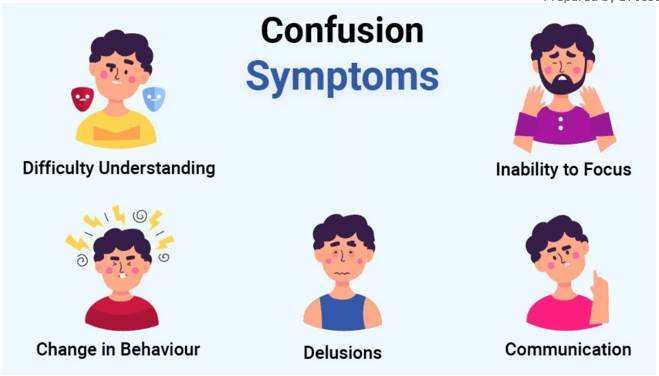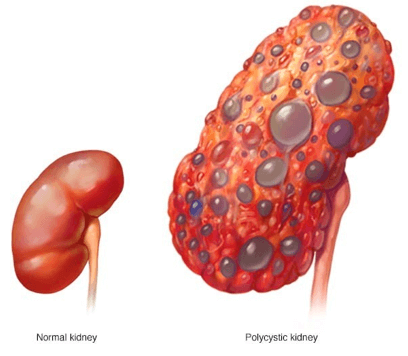An older female adult who was admited to a long-term care facility yesterday is confused about what day of the week it is. Her history does not indicate that she was confused prior to admission. What action should the practical nurse (PN) take?
Document the client's loss of memory in the record.
Notify the family of the change in the client's condition.
Remind the client what day of the week it is.
Encourage the client to rest during the day.
The Correct Answer is C
it provides reality orientation and helps the client cope with the change in environment. The client may be experiencing acute confusion or delirium due to stress, medication, infection, or other factors. The PN should remind the client of the date, time, and place frequently and use other strategies such as calendars, clocks, and familiar objects to reduce confusion.

Nursing Test Bank
Naxlex Comprehensive Predictor Exams
Related Questions
Correct Answer is ["A","D","E"]
Explanation
A) Correct- Continuous monitoring of oxygen saturation ensures the client's oxygen levels remain within an acceptable range.
B) Incorrect - Discussing aggressive respiratory treatment options is not warranted based on the provided information. The current treatment plan includes appropriate interventions.
C) Incorrect - Obtaining a sputum culture is important for identifying infections, but it's not an immediate action in the context of the client's current symptoms.
D) Correct- Promoting comfort can help reduce anxiety and potentially improve breathing.
E) Correct- Educating the client about potential triggers supports better self-management.
F) Incorrect - Considering positive pressure ventilation is not indicated at this stage. The client's symptoms are being managed with other interventions.
G) Incorrect - Weaning supplemental oxygen is not mentioned in the patient data or nurses' notes as something that's currently necessary.
H) Incorrect - Preparing for deep tracheal suctioning is not warranted based on the patient data and the current treatment plan.

Correct Answer is D
Explanation
This is the best intervention for the PN to implement because it monitors the client's fluid status and helps detect fluid overload, which can cause hypertension and neurological changes. The PN should weigh the client at the same time, on the same scale, and with the same clothing every day.

Whether you are a student looking to ace your exams or a practicing nurse seeking to enhance your expertise , our nursing education contents will empower you with the confidence and competence to make a difference in the lives of patients and become a respected leader in the healthcare field.
Visit Naxlex, invest in your future and unlock endless possibilities with our unparalleled nursing education contents today
Report Wrong Answer on the Current Question
Do you disagree with the answer? If yes, what is your expected answer? Explain.
Kindly be descriptive with the issue you are facing.
